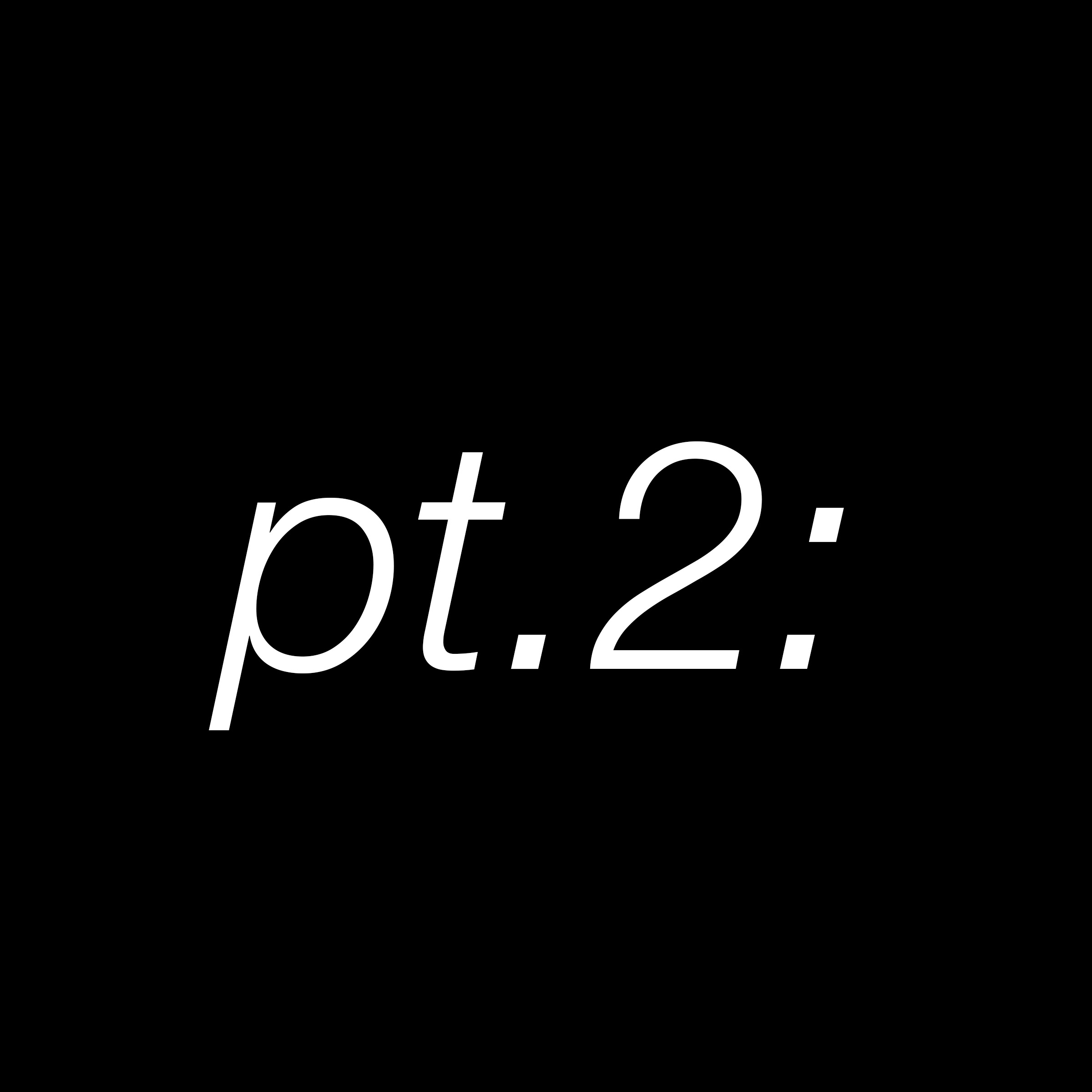Press Release - "Where the Purple Flowers Cry" by Liz Hernández
pt.2
“Donde las flores moradas lloran (Where the Purple Flowers Cry)”
a solo exhibition by
Liz Hernández
Opening Reception
Saturday, October 15th, 2022
6-8pm public opening
Showing Through November 4, 2022
To search is by no means to illuminate. It is a journey
in the shadows, an exhibition of backlighting, a running of veils, a
mirage, a fiction. It is merely the nostalgia
of a body and its desperate imagination.
Ileana Diéguez
All cultures have used legends to approach the shifting territory of the enigma, to name what overflows. Legends, like myths, have water’s ability to adapt to that which holds them. Their language is full of symbols, cracks, and invocations; they are stories open to mutation, ambiguity, and a plurality of versions. When we hear a myth or a legend, we cease to exist in the everyday world; we step into a transfigured space, a space impregnated with the presence of mysterious beings, and briefly become their contemporaries. The language of myth is diametrically opposed to the language of bureaucracy, which always seeks one truth and a single meaning. All bureaucratic language is a tower of information, figures, and paperwork; a totality of storyless data; an office whose door is closed.
Liz Hernández makes these two languages coexist in a suggestive indetermination in time and space, which we travel through as if through a dream or a secret. We find ourselves immersed in a weave of media, geographies, and forms: women who wander in purple paint, a textile piece, a video which is a vestige, a glyph posed within a mosaic, an image in metal, a display case of ephemera and amulets, a papier-mâché mountain, a found document, a ritual dress.
That which has hurt us leaves a pool. And we inhabit a flooded landscape. How can we make girls swim, trees grow, and animals drink here? Speech is insufficient when we face the depths of loss and dialogue with those who are absent multiplies in languages.
In Mexico, it frequently happens that violence goes unrecognized by the very people who commit it. This makes it so that neither collective memory nor official discourse coincide with the affective memory of those who are hurt: there is a breach, an open wound. Absences— of life, of recognition —mobilize searchers. It becomes necessary to search for other stories, other ways to remember absent bodies and make them visible. Could it be that justice has become something supernatural, something beyond reach that can only be gained in the space of dreams and myths?
[To want to move aside earth or fog with one’s hands; to want to see, to want to know; and to move blindly regardless. As if in a cave.]
Standing in front of a ritual dress: where is the person who used to wear it? A garment without a body is a certificate of absence of a presence that once was. The garment only summons the image of the person who was inside of it, conserving the trace of their touch—a relic of a lost body.
[At the top of a mountain, the women come together. They keep each other company, rest, drink together, and watch in stillness. All the fear and force resting there, waiting.]
There are Mesoamerican and Andean legends in which animals or corn, tired of silence after centuries of subjugation, rebel against humans, demanding vengeance. They wake up out of their lethargy and shake the world in an uproar.
The women in these rooms rise up too. They use their bodies as hope; they bring about new signs; they make themselves present with jacarandas that sprout from their ankles, with their backs like a walking stem. And with that unexpected language, they rename the places which they walk through, turn back fear, conjure silence, and make their demands with the breath of weeping purple flowers.
Written by Valeria Mata
English translation by Noah Mazer
Liz Hernández (b. 1993) is a Mexican artist based in Oakland, California. Her art practice - which includes painting, drawing, sculpture, and writing - is deeply influenced by her memories and surroundings of Mexico City: buildings covered with handmade signs, chaotic trips to markets, visits to temples and churches, and her grandmother's house where she grew up.
The subjects that she addresses are in a constant state of flux, but an element that is always present in her practice is the search for something that breaks the normalcy of everyday life. Hernández addresses this desire in multiple ways, from finding greater meaning in domestic objects and scenes to using supernatural elements and symbolism to address themes of modern life.
Her work, partially autobiographical, has led to collaboration with her family in the shape of very personal research. This inquiry results in constant learning about her environment, family, and herself.
She has exhibited in San Francisco, Los Angeles, Paris and Mexico City.
